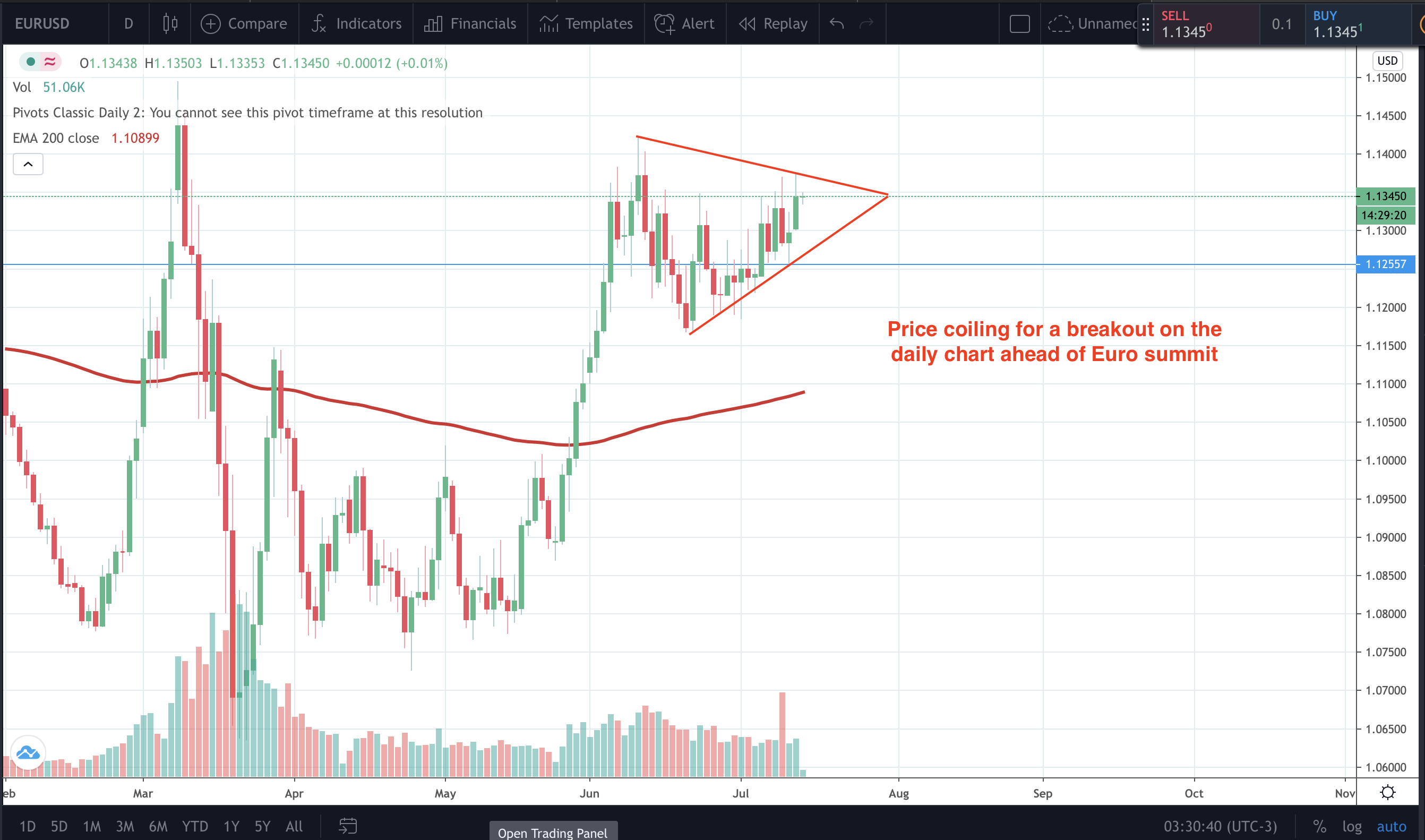 One of the biggest misconceptions about trading is that it is all just luck. Is trading really just a game of chance? Is there any way to improve your odds? The answer is no, and yes. Trading isn’t all about luck because you can make intelligent decisions on what trades to take, but at the same time not every trade will be successful. You have to accept failure in order to succeed.
One of the biggest misconceptions about trading is that it is all just luck. Is trading really just a game of chance? Is there any way to improve your odds? The answer is no, and yes. Trading isn’t all about luck because you can make intelligent decisions on what trades to take, but at the same time not every trade will be successful. You have to accept failure in order to succeed.
##The idea of luck is a misconception:
The idea of luck is a misconception. It’s not about who has the most money, or even who knows what they are doing…it’s all about how your brain handles risk and reward in our complex world.
Do you know that research shows we make more impulsive decisions when stressed out? Stress may be one cause for some people to have an increased vulnerability to gambling addiction. This doesn’t sound like much fun! Some other factors which can increase susceptibility to gambling addiction include poverty, social isolation, prior mental illness, access to addictive substances such as alcohol or drugs, and family history of addictions (including “dipsomania”).
A study published in the Journal of Gambling Studies found that gamblers with a family history of addiction were more likely to have worsened gambling symptoms than those without such a history.
People who are addicted might not be able to control their behaviors and they may experience cravings for the activity – even if it’s harmful or dangerous. This is where trading all about luck comes in! If you can take your emotions out, then this will give you an edge over other traders on Wall Street. Is Trading All About Luck?
It’s possible some people just aren’t wired right when it comes to making decisions under duress which would explain why these people seem “luckier” at times – but luckily doesn’t mean there isn’t skill involved as well!
##Trading is about managing risk and being disciplined: (more…)



 1. Always change a losing game; never change a winning game.
1. Always change a losing game; never change a winning game.